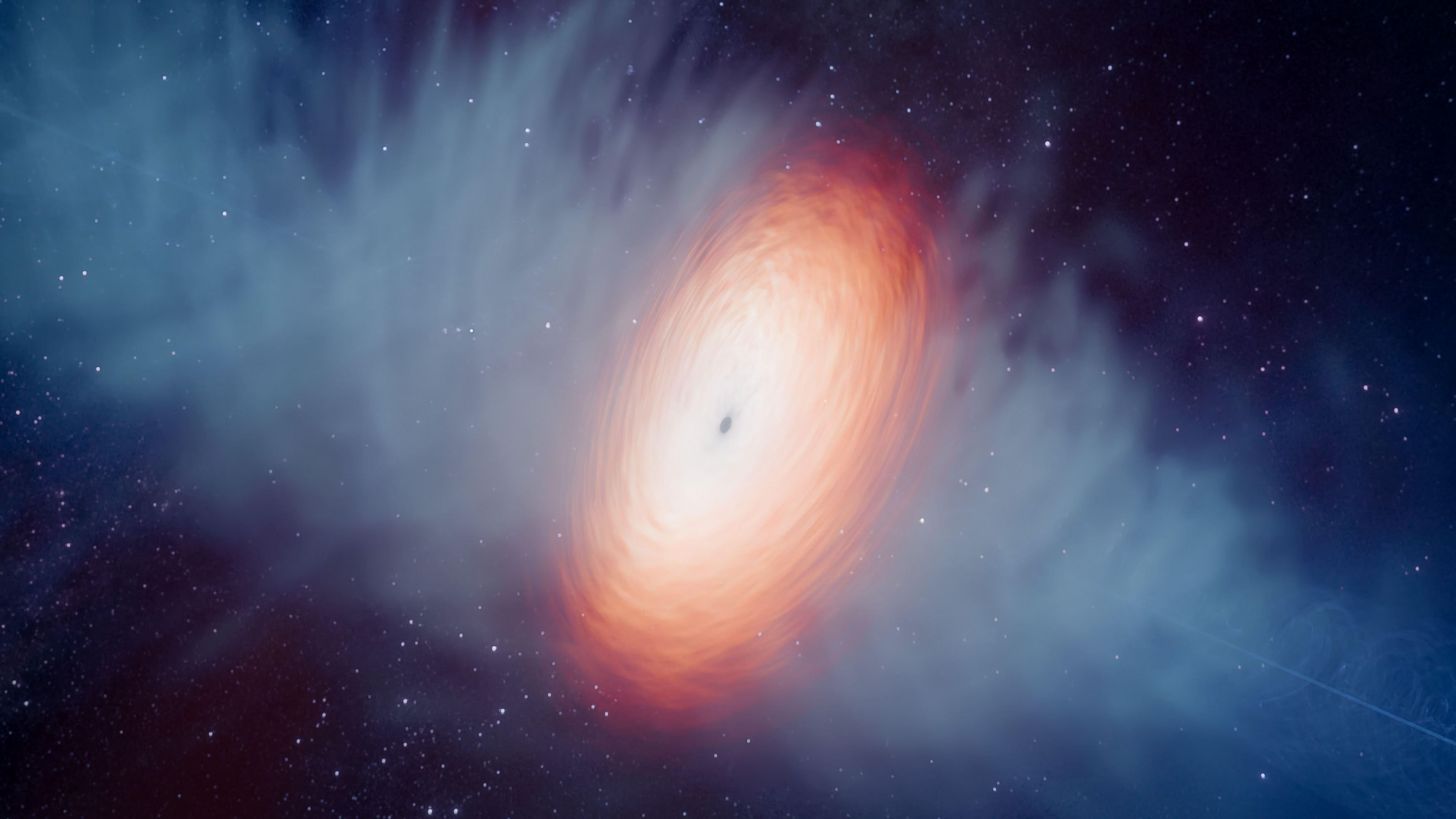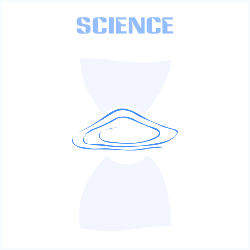When I look into the sky ...
As an astronomer, when I look to the sky I wonder “How long did it take all this light to reach me?”
For the moon, it took 1.3 seconds. For “our” star, the sun, it took 8 minutes and 20 seconds. If we look towards the center of our milky way we see light that was emitted 26,000 years ago. This is because the center of our home galaxy is about 8 kilo parsec away (an astronomical measurement for distance). This corresponds to about 26,000 light years. These are incredibly large numbers, even though we are still inside the milky way.
The astronomical objects I am most fascinated by are at even larger distances. Those are located millions of light years away, which is still regarded as our local universe – our neighborhood. Fascinatingly enough, I am specifically interested in a class of galaxies whose innermost center manage to out-shine the whole star population. These are called Active Galaxies and they are extremely powerful.
To find out more about me and my research, please follow the links below. On my Science page I describe my research to an audience familiar with at least a minimum of Astronomy. If you prefer a more accessible entrance into my scientific world I highly recommend to take a look at my Outreach pages. There I provide a collection of outreach activities as interviews, explain videos, and articles.





